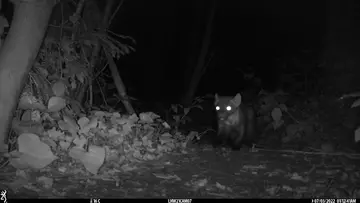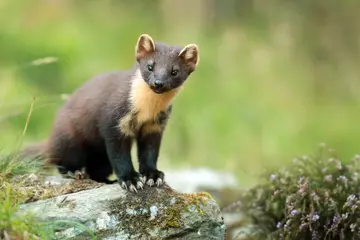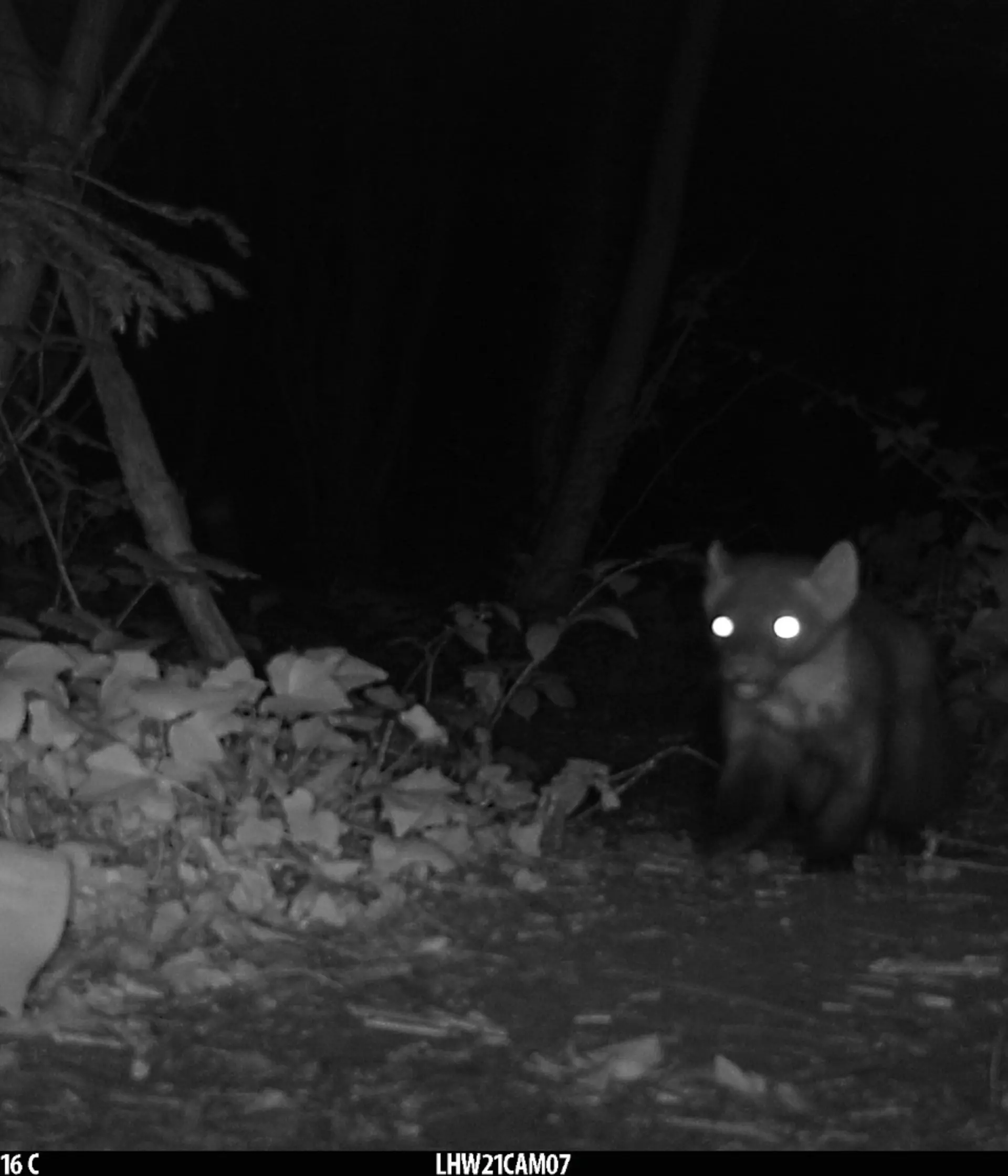
Pine martens in the UK
We've recorded the first sighting of a pine marten in London over the last century. A Critically Endangered pine marten was photographed in a south-west London woodland, on one of our hidden wildlife cameras.
The candid snaps took were caught on a camera trap installed as part of the London HogWatch project, which aims to monitor and conserve London’s hedgehog population – with the presence of the small mammal taking conservationists by surprise.

Pine marten UK distribution
Critically Endangered in England and Wales, the iconic woodland species was once widespread across the UK but is now generally restricted to northern and central Scotland, with some very small populations in northern England, the New Forest and Wales.
Our London HogWatch Project Research Assistant, Kate Scott-Gatty said: “As part of our ongoing hedgehog monitoring work, we deploy camera traps across woodlands. In this area, these are usually set off by the movement of common species such as foxes and badgers, so you can imagine our surprise at seeing a pine marten – a species usually only glimpsed in Scotland and northern England.”

How did a pine marten return to London?
It is not known how the animal reached the urban woodland, with the nearest known population living over 70 miles away in the New Forest in Hampshire. The conservationists have considered that a private or unofficial release could be a possibility.
Senior research fellow at ZSL’s Institute of Zoology, Dr Chris Carbone said: “We don’t know how the pine marten – a species that’s most commonly found in the north of the country or Scotland – came to be in London, but we’ll continue to use the HogWatch cameras to see if there are any more individuals in the area and monitor their activity.
“The return of wildlife to an area can be positive, it might mean that habitat quality is improving, or natural food sources are increasing but it’s important we understand more. Any species reintroductions should only be carried out by professionals, with the appropriate checks in place – from assessing habitat suitability to screening for illnesses.”
Elliot Newton, Biodiversity Officer at the Royal Borough of Kingston upon Thames said: “We are so excited to have found such a beautiful and elusive mammal on cameras funded by Kingston Council as part of the HogWatch project. Across other European countries pine martens are recorded in urban settings. The individual caught on our cameras is looking in good health and is a very welcome addition to our local fauna. We will be continuing to monitor for more sightings and continue our efforts to protect our environment.”
